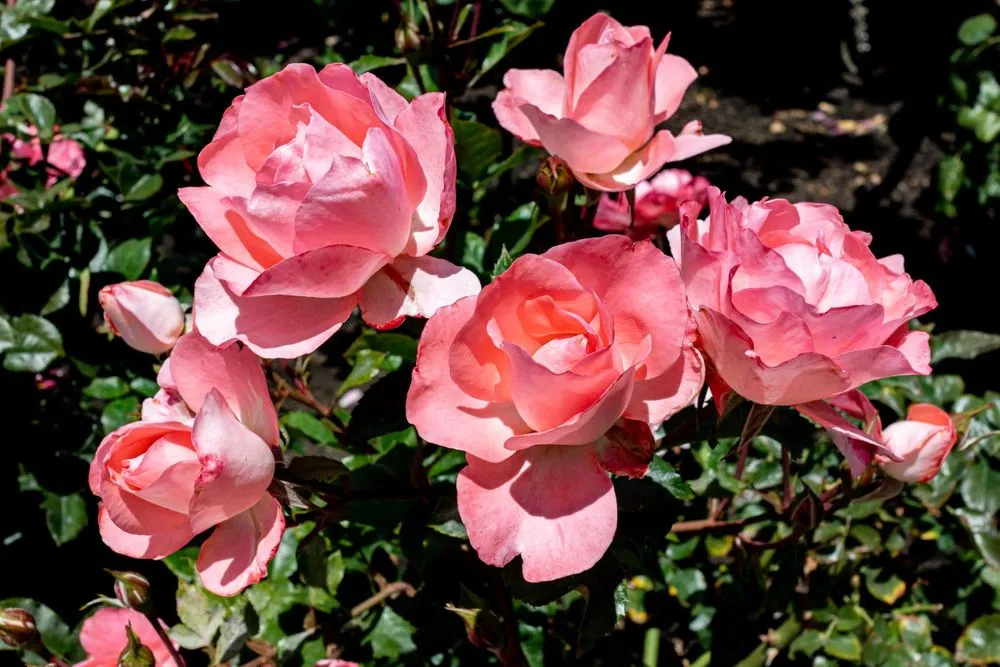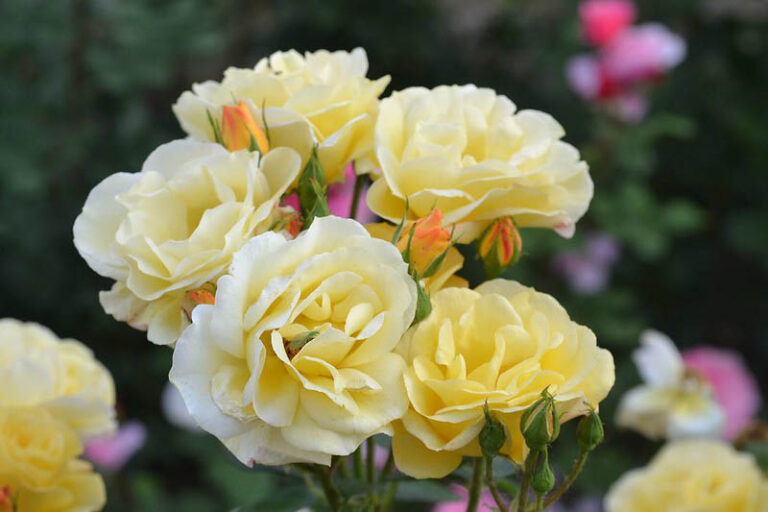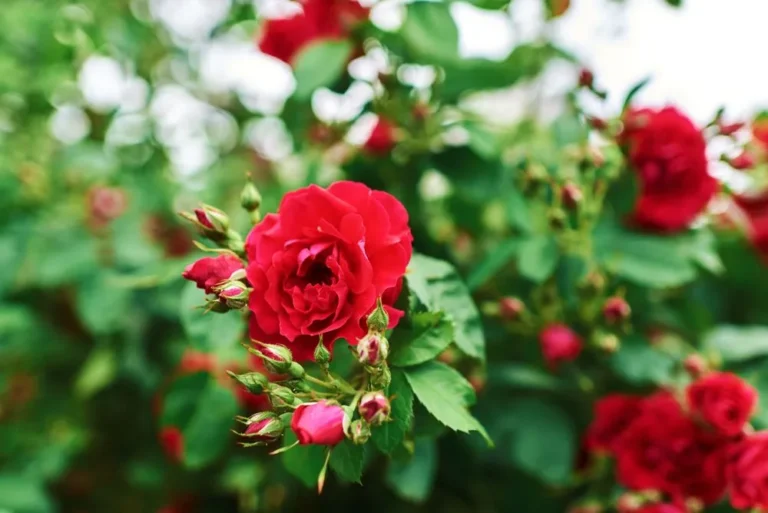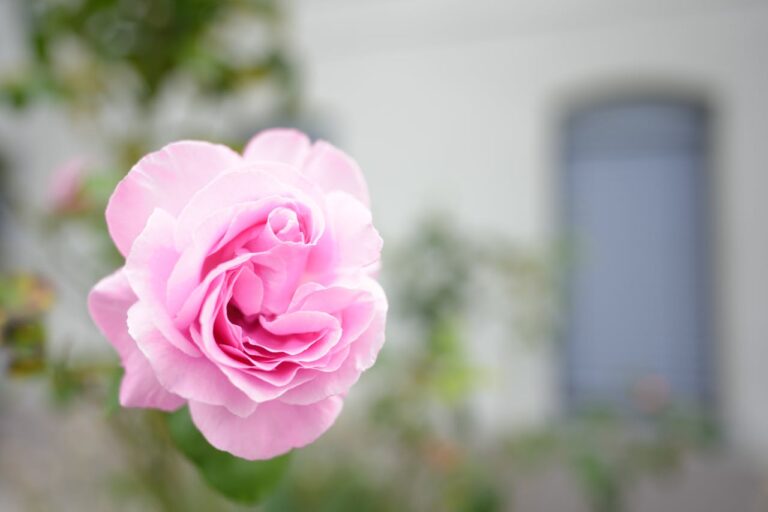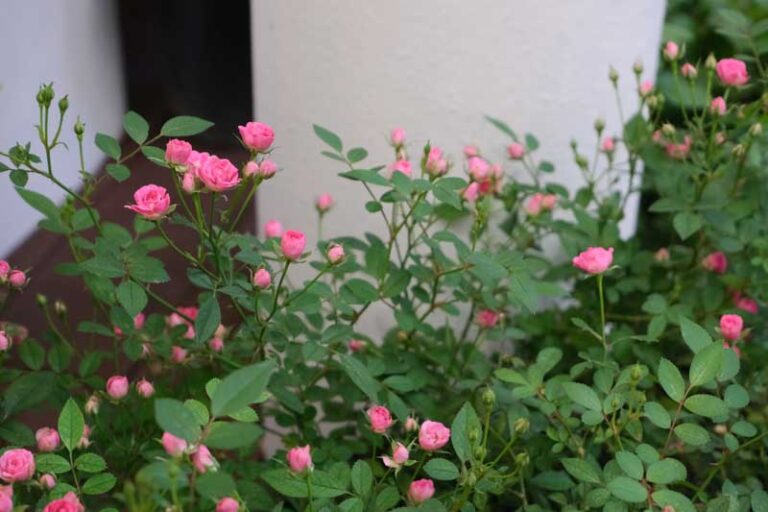China Rose Botanical Anatomy: Complete Plant Structure Guide
What if I told you that the China Rose you’ve admired in gardens holds secrets that revolutionized the entire rose breeding world? This ancient Chinese native isn’t just another pretty flower—it’s the botanical powerhouse responsible for giving modern roses their ability to bloom repeatedly throughout the season, a trait that changed gardening forever.
The China Rose (Rosa chinensis) is one of the most influential species in horticulture; almost a species that changed the way roses are grown simply by providing the ability to make flowers repeatedly. Native to the temperate regions of southwestern China this shrub has been grown for over a thousand years since records date back to the 10th century. Unlike European roses which bloom one time per season the China Rose developed the ability to bloom continuously and became the foundation of modern rose hybridization in the world today.
A look at the complex anatomy of this plant explains why it has given birth to almost all of today’s repeat-blooming roses. The detailed structures that comprise its complex reproductive system and its highly developed root system are loaded with details, all evidence of the millions of years of adaptation to life on mountains.
Root System Architecture: The Basis for Resilience
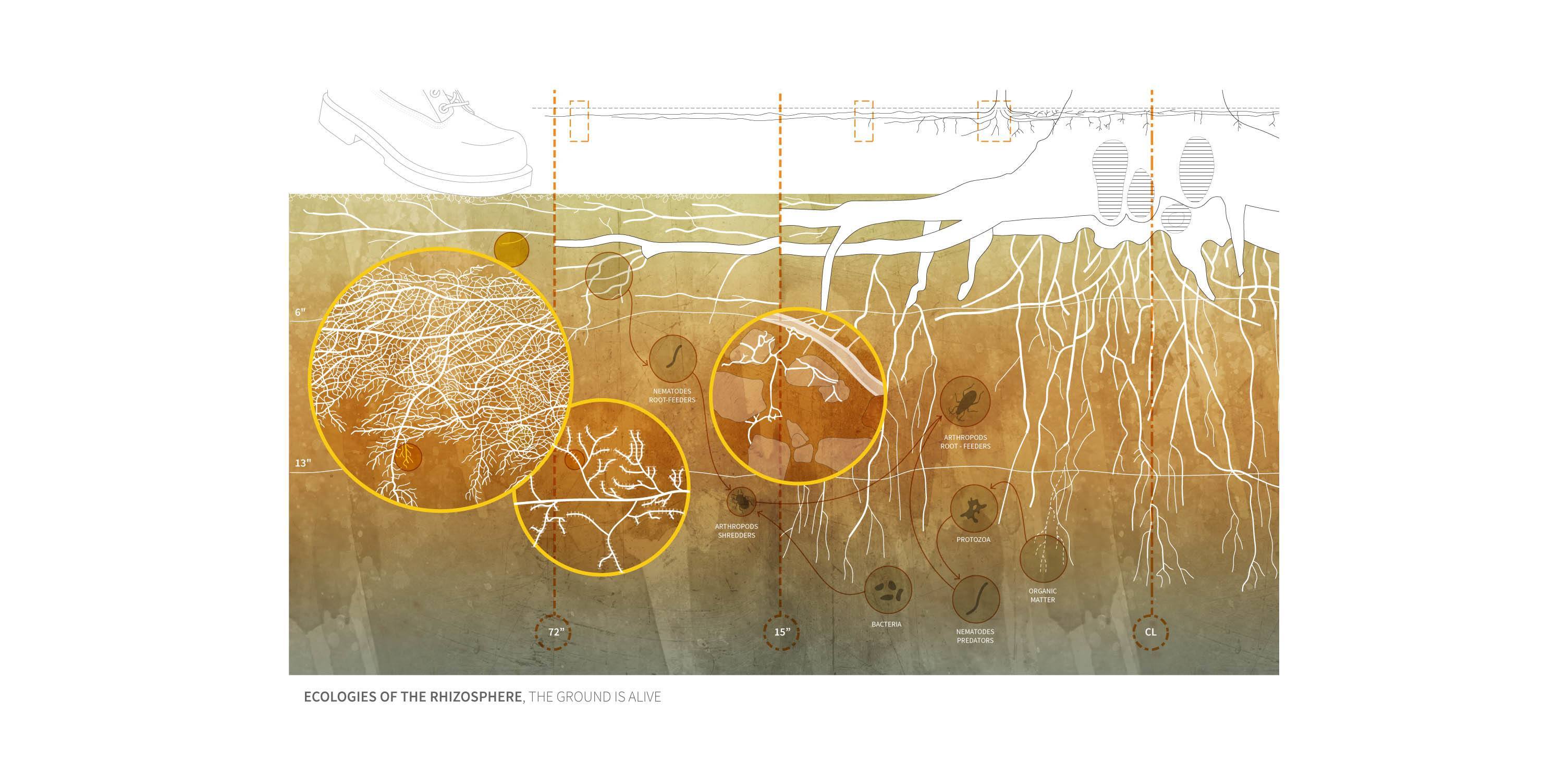
Rosa chinensis show the normal dicot roots. A taproot, 60-90 cm deep, fastens the plant and reaches deep moisture. As it gets older, a fibrous system of fan-like, lateral roots grows 1.5-2m from the centre with feeder roots being concentrated in the top 30-45cm where there are lots of nutrients. The growth of a root hair is 0.1-0.3 mm long, which increases absorption by up to 400%. They persist for 2-3 weeks, after which new ones develop.
The root cortex contains numerous spaces facilitating gaseous exchange, and the endodermis becomes lined with Casparian strips and these regulate water and mineral movement into the vascular system. Cambial activity is found, concentric rings of xylem and phloem; annual growth rings are used for determination of age. Root bark is deeply fissured and cork cambium builds up rings that serve to protect the roots from desiccation and pathogens. Adventitious roots derived from stem cuttings facilitate spreading and propagation during ancient times. Root metabolism is a rapid response to soil changes and root-shoot ratios change with environmental stress.
Stem and Branch Structure: Structural Resiliency and Security
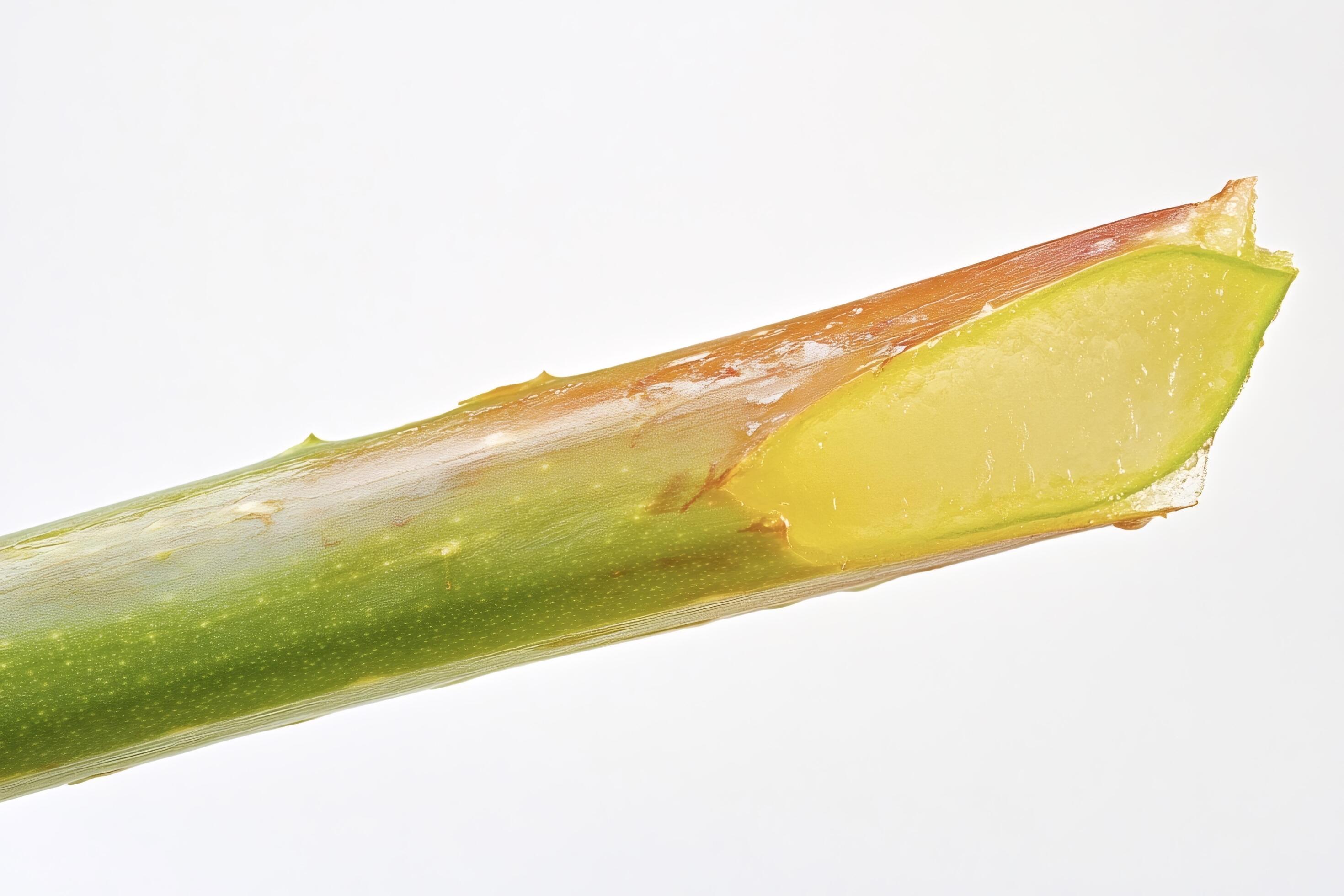
The stems have a strong and defensive thorn. Larvae Initiate as purplish green and developing secondary growth which turns them a reddish brown bark. Cambial activity creates growth rings, which preserve information pertaining to environmental conditions. It is then that the epidermis is transformed into the bark of the alternating cork and phelloderm layers and it forms a barrier.
Collenchyma cells also provide flexible support to young stems, which are later substituted by sclerenchyma. The vascular bundles are in the form of a continuous ring with xylem in the middle and phloem on the outside. Xylem vessels are 50-150 um in diameter and conduct water easily. Sieve tubes in the phloem are for the delivery of sugars. Thorns are in fact modified branches (called prickles) made of epidermal tissues and not vascular tissues. According to local meristem cell division leads to the appearance of hooked or straight structures. Density: this is influenced by genetics and environment; stressed plants tend to grow taller. Axillary buds are dormant and derive their shape and size through the hormones that provoke their development. Internodal elongation depends not only on cell division but cell expansion which is affected by light, temperature, and nutrients in the culture medium. PMC
Prickle Development and Function
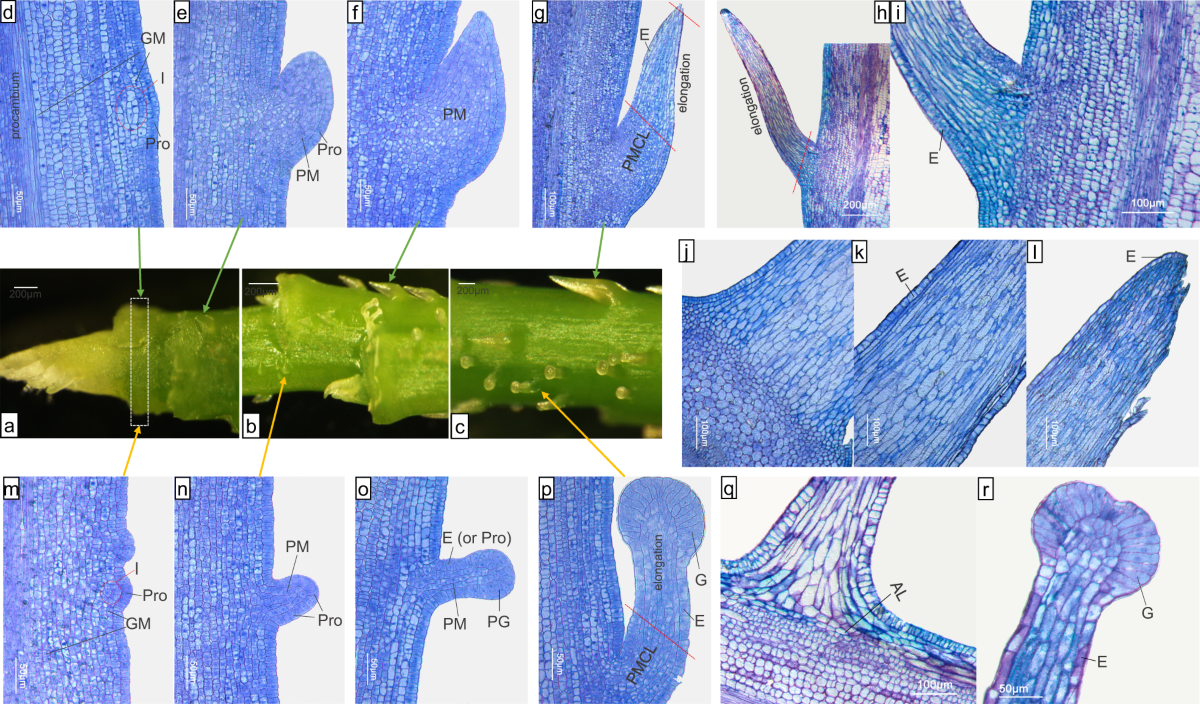
Research has demonstrated that rose prickles originate from the ground meristem beneath the protoderm, not from the epidermis as previously thought. This sub-epidermal origin distinguishes prickles from true thorns or modified trichomes. Two major types exist in roses: non-glandular prickles (NGPs) and glandular prickles (GPs), each developing through distinct genetic pathways. Nature
Leaf Morphology and Phenotypes: Photosynthetic Efficiency
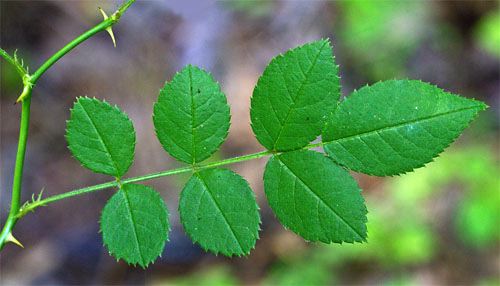
Leaves are spiraled around each other to collect the most light with minimum shading. The rachis is 12-27 cm long and each compound leaf has 3-7 leaflets (usually 5). Leaflets ovate or ovate-oblong, 2.5-6 cm long, 1-3 cm wide, apices acute, bases cuneate, margins serrate with 15-25 teeth; Each tooth is topped off by a glandular trichome which secretes defence chemistry.
The top surface is shiny dark green and the bottom is paler and veined. Microscopy reveals that mesophyll is two-layered: a palisade zone (2-3 layers of cells, with chloroplasts) and a spongy zone (large intercellular spaces for gaseous exchange). Veins are patterned as a network made up of a middle vein and from 6 to 8 pairs of lateral veins for support and transport.
Stomatal Architecture

Stomata amphistomatic, mainly on the lower side, ca. 150-250/ mm2. There are two stomatal guard cells which are about 20-25 um in length. Trichomes are: unicellular, multicellular, capitate glandular, peltate glandular, stellate. Glandular species produce oils or phenolics; distribution varies with light, moisture and herbivory. Research confirms that rose leaves grown at high humidity show differences in stomatal morphology and function compared to moderate conditions. ResearchGate
Flower Development Stages: The Bud to Anthesis

Classification of Cultivars: Cultivars flower in 6-8 weeks after bud opening. In winter-spring buds, photoperiod and temperature are known to be responsible for the transformation of vegetative meristems into floral primords.
Stage I (Weeks 1-2): The flowers develop from the apical meristem cells which undergo a series of periclinal divisions to form a round bud. Bracts appear spirally followed by sepals. Within one week cell number increased from ~500 to >5,000 driven by master regulatory factors of APETALA1 and LEAFY.
Phase 2 (Weeks 3-4) Whorls: according to the ABC model Petals (5-7) begin on lower side, spirally out. Stamen primordialis appear in the form of small protrusions, extending in length. Carpels coalesced to form a compound pistil.
Stage 3: (Weeks 5-6) Rapid cell division; pedicels increase 2-3 mm/day Petals increase the size by vacuolation to 15-20 times. During the microsporogenesis of anthers, stamen filaments are elongated, and microspores are generated. Megaspore tetrads are released during megasporogenesis in the ovules.
(Stage 4: Weeks 7-8): Pigments are laid down, changing colour from green to pink or red by anthocyanin synthesis, mostly cyanidin-3-glucoside. Flowers bloom 2-3 hours after dawn. Twelve bracteate, subulate catkins; fruits cylindrical, 4-8 cm long; urn-shaped receptacles with a nectary, 5-40+ petals, 50-100+ stamens, 20-50 ovules, in fused carpels. Comparative RNA-seq analysis revealed that RcSPL1 transcript levels were substantially upregulated during floral development in continuous-flowering roses. PMC
Fruit (Hip) Development: Accessory Development Anatomy

The hip is formed straight away after fertilization and the hormones ensure that receptor, ovary wall and surrounding tissues cooperate. The process lasts 12–16 weeks.
Master week 1-3: The receptacle quickly divides 3-5 times, to become much larger in size. Ovary walls are differentiated into exocarp, mesocarp and endocarp layers, and vascular bundles enlarge.
Weeks 4-8: Mesocarp cells proliferate and become up to 50-fold larger and develop an ovoid to globose hip 1-2 cm in diameter. Green turning to yellow-green, with early anthocyanins;
Weeks 9 – 12: Receptacle fills with sugars and acids; pectin starts to soften the flesh; wax covers the surface; seeds develop inside achenes.
Weeks 13-16: Color becomes red, orange or purple. An adult hip contains 20-50 achenes in fleshy tissue. Birds feed on the fruit and distribute seeds. The fruit is largely fleshy, and is derived mainly from the receptacle (pseudocarp). Hip Nutrition: high in vitamin C (up to 1700mg per 100g) and carotenoids, and phenolics. Studies confirm that rose hips are exceptionally rich in bioactive compounds including phenolic acids, flavonoids, and carotenoids, making them valuable functional foods. ScienceDirect
Anatomical Innovations: Evolutionary Innovations
The most significant innovation of the China rose is that the mutation of suppressive flowering genes removed the requirement for cold dormancy (vernalization). There is continuous blooming because the vegetative and floral meristems are continuous. Vegetative meristems would never cease flowering after blossoming and would be ready to produce new flowers. More vascular bundles between stem and flower result in extra flow of nutrients required for simultaneous growth, flowering and fruiting. Leaves have 3-4 layers of palisade tissue compared to 2; this maximizes photosynthesis and ensures constant reproduction. Guard cells are more flexible and maintain open stomata under varying temperatures, ensuring constant gas exchange and metabolism.
Key Innovation: The continuous flowering phenotype in Rosa chinensis is controlled by the RoKSN gene, a TFL1 homologue. A copia-like retrotransposon insertion in this floral repressor gene removes flowering inhibition, enabling year-round blooming. Nature
Comparative Anatomy: China Rose vs. Related Species
The China Rose evolved in stable moist subtropical climates unlike Mediterranean species like R. gallica and R. damascena. Its stem exhibits less marked annual growth rings and xylem vessels 15-20% larger for facilitating the transport of water. The receptacles are larger and contain 40-60% more nectar tissue. Petal cells have papillate surfaces which scatter light and brighten color. Leaves have about 2-3 times the number of glandular trichomes, what makes the distinctive terpenoids that aid in fragrance. Hips are very rich in vitamin C and phenolic compounds and the receptacle forms a fleshy nutritious structure unlike the drier hips of temperate species. PMC
Practical Implications for Crop Production and Breeding
Deep soils (60-80 cm) are required for root systems. Containers – Container diameters must be at least 45cm in diameter. Because flowers are constantly produced, pruning can be relaxed; deadheading encourages the allocation of energy to new blossoms rather than to hips. Nodal cuttings with 2-3 leaves having multiple root primoras will have the highest rate of propagation; prickly stems decrease rate of rooting.
Breeding for single gene continuous flowers: markers and QTLs for prickle density, flower double and hip characteristics. The deep roots of the China Rose can be utilized for drought tolerance and its root-hardy stomata can be used as water stress tolerant. These anatomical know-how contribute to the creation of highly resilient roses for future gardens resistant against the climate. Springer
The anatomy of the China Rose, advanced simultaneously by millennia of Chinese and European cultivation, is a platform for ornamentation. From its hardy roots to its innovative flowering pattern, this species promises both visual beauty and adaptability of the highest degree. The knowledge of its structures not only satisfies the botanical curiosity, but also leads to continual progress in rose breeding.
Sources: Research verified through PMC/NCBI, Nature Publishing Group, Frontiers in Plant Science, ScienceDirect, and Springer journals. All anatomical descriptions based on peer-reviewed botanical research published 2018-2025.

